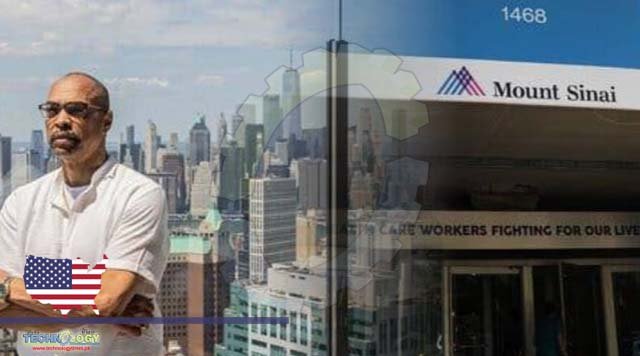Patients will be asked if their genetic sequence can be added to a database — shared with a pharmaceutical company in a quest to cure a multitude of diseases.

The Mount Sinai Health System began an effort this week to build a vast database of patient genetic information that can be studied by researchers — and by a large pharmaceutical company. The goal is to search for treatments for illnesses ranging from schizophrenia to kidney disease, but the effort to gather genetic information for many patients, collected during routine blood draws, could also raise privacy concerns. The data will be rendered anonymous, and Mount Sinai said it had no intention of sharing it with anyone other than researchers. But consumer or genealogical databases full of genetic information, such as Ancestry.com and GEDmatch, have been used by detectives searching for genetic clues that might help them solve old crimes. Vast sets of genetic sequences can unlock new insights into many diseases and also pave the way for new treatments, researchers at Mount Sinai say. But the only way to compile those research databases is to first convince huge numbers of people to agree to have their genomes sequenced.
Beyond chasing the next breakthrough drug, researchers hope the database, when paired with patient medical records, will provide new insights into how the interplay between genetic and socio-economic factors — such as poverty or exposure to air pollution — can affect people’s health. “This is really transformative,” said Alexander Charney, a professor at the Icahn School of Medicine at Mount Sinai, who is overseeing the project. The health system hopes to eventually amass a database of genetic sequences for 1 million patients, which would mean the inclusion of roughly one out of every 10 New York City residents. The effort began this week, a hospital spokeswoman, Karin Eskenazi, said. This is not Mount Sinai’s first attempt to build a genetics database. For some 15 years, Mount Sinai has been slowly building a bank of biological samples, or biobank, called BioMe, with about 50,000 DNA sequences so far. However, researchers have been frustrated at the slow pace, which they attribute to the cumbersome process they use to gain consent and enroll patients: multiple surveys, and a lengthy one-on-one discussion with a Mount Sinai employee that sometimes runs 20 minutes, according to Dr. Girish Nadkarni of Mount Sinai, who is leading the project along with Dr. Charney.
Most of that consent process is going by the wayside. Mount Sinai has jettisoned the health surveys and boiled down the procedure to watching a short video and providing a signature. This week it began trying to enroll most patients who were receiving blood tests as part of their routine care. A number of large biobank programs already exist across the country. But the one that Mount Sinai Health System is seeking to build would be the first large-scale one to draw participants primarily from New York City. The program could well mark a shift in how many New Yorkers think about their genetic information, from something private or unknown to something they’ve donated to research.The project will involve sequencing a huge number of DNA samples, an undertaking that could cost tens or even hundreds of millions of dollars. To avoid that cost, Mount Sinai has partnered with Regeneron, a large pharmaceutical company, that will do the actual sequencing work. In return, the company will gain access to the genetic sequences and partial medical records of each participant, according to Mount Sinai doctors leading the program. Mount Sinai also intends to share data with other researchers as well. hough Mount Sinai researchers have access to anonymized electronic health records of each patient who participates, the data shared with Regeneron will be more limited, according to Mount Sinai. The company may access diagnoses, lab reports and vital signs. hen paired with health records, large genetic datasets can help researchers search out rare mutations that either have a strong association with a certain disease, or may protect against it.
Source: This news is originally published by nytimes